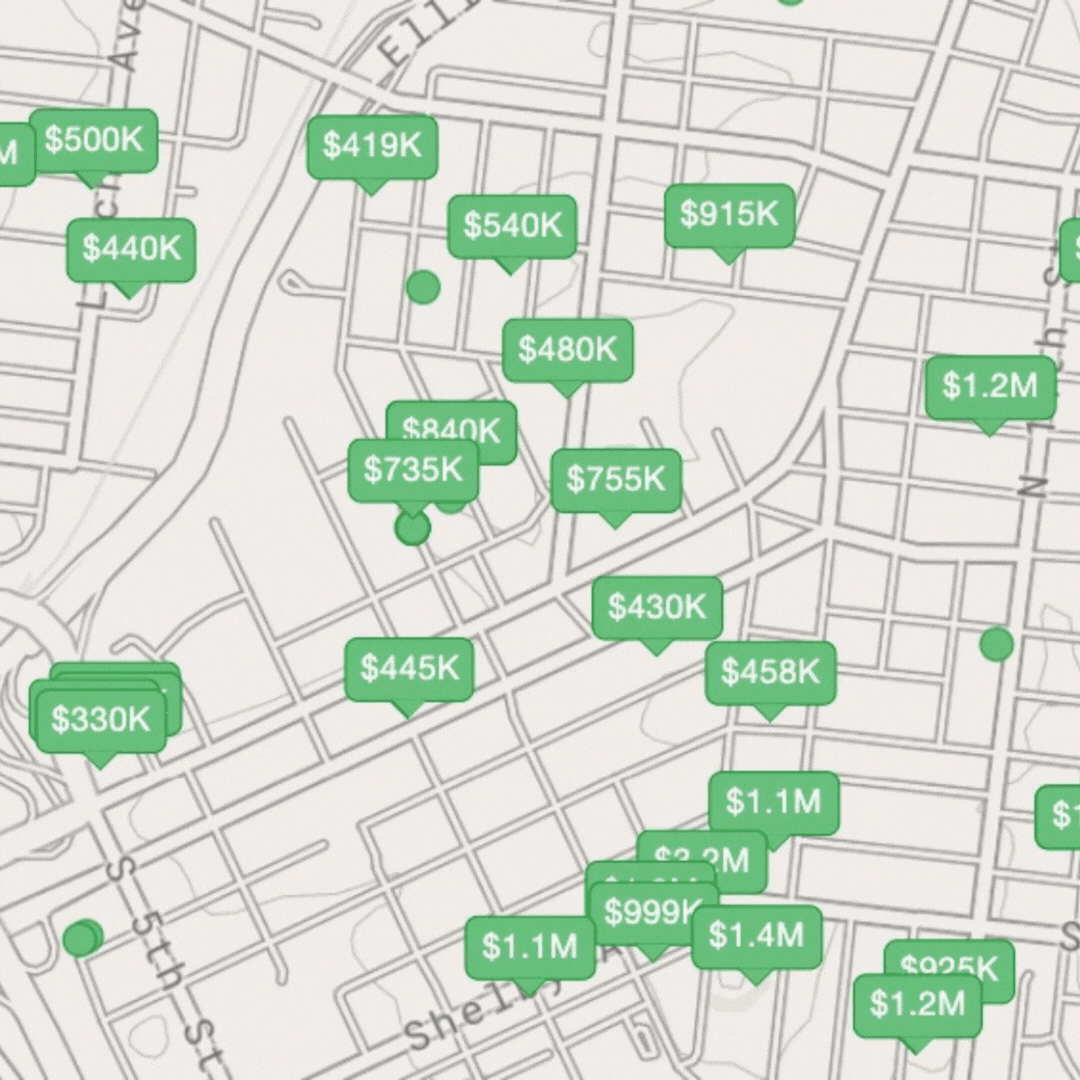The most financially successful jobs are smaller-scale, lower-cost renovations that improve the exterior appearance of homes. In this down real estate market, curb appeal is king.
“Once again, this year’s report highlights the importance of a home’s first impression,” said NAR President Vicki Cox Golder, owner of Vicki L. Cox & Associates in Tucson, Ariz.
Ron Phipps, a real estate broker in Rhode Island, said how the house looks from the outside is more important than ever.
“If you’re driving down the street and the house doesn’t have great appeal, it doesn’t matter how nice it is inside,” he said.
But here’s the kicker: Clients are savvier than ever in their shopping. Even though the costs of home improvements are less likely to be returned on resale than they have been in prior years, sellers may still have to bite the bullet and do the remodeling if they want their house to sell at all, he said.
“It’s kind of intriguing,” said Phipps. “Buyers are using the unimproved houses to negotiate lower prices, but they wind up buying the remodeled homes.”
So, if there are two similar houses in the area, buyers will use the listing price of the one that has not gone through a metamorphosis to get the seller of the renovated house to slash their price. Buyers want to pay for the caterpillar but get the butterfly.
Seller must play along if they want to make deals. “You get to sell the house more quickly if you do the renovations,” Phipps said.
The major job that returns most in resale value is an upscale replacement of siding using fiber-cement. The job costs an average of $13,287 but increases home value by $11,112, or 83.6%. A vinyl siding replacement returns 79.9% of costs.
Adding a basement bedroom is also fairly cost effective, averaging $49,346 but adding $40,992 in value, an 83.1% return.
“Increasing livable square footage with a new deck or an attic bedroom is usually more valuable than just remodeling existing space,” Phipps said.
The return on investment for some jobs varies greatly by region.
In New England, where winter are long and cold, vinyl window replacements reap a better return than they do in the warm South Atlantic region, where poorly insulated windows don’t mean as much expensive heat leaking away.
So, although replacement windows cost more in New England — an average of $11,155 — they add $9,152 to home values there, recouping 82.3% of their cost. In the South Atlantic states, they cost $9,705 but add just $7,417 to home values, 76.4% of their cost.
On the other hand, buyers in the South Atlantic seem to reward sellers for adding living space more than they do in New England. Maybe thrifty Yankees hate having to heat those extra rooms.
Finishing a basement returns 84.4% of its $55,357 cost in the South Atlantic and only 64% of the $65,715 New Englanders spend for the job.
Among the remodeling jobs faring the worst in return on investment were large, upscale kitchen remodels. They cost an average of $111,794 in 2009 and added $70,641 in recoupable value, just 63.2%.
That was down a whopping 7.5 percentage points from their 70.7% return on investment in 2008 . At the height of the housing boom, in 2005, upscale kitchen renovations returned more than 80% of their costs.
“A lot of the things that, historically, had huge value, don’t have as much today,” said Phipps. “If you want to redo a kitchen, it may no longer make as much sense to use upscale appliances — Viking ranges, Sub-Zero refrigerator. Buyers may not pay any more than they would for a home with GE appliances instead.”
Of course, most remodeling jobs are done to please homeowners. Any increase in home value is a bonus, not an end in itself. But for anyone thinking of selling in the near term, keeping an eye on the bottom line is always a good idea.

